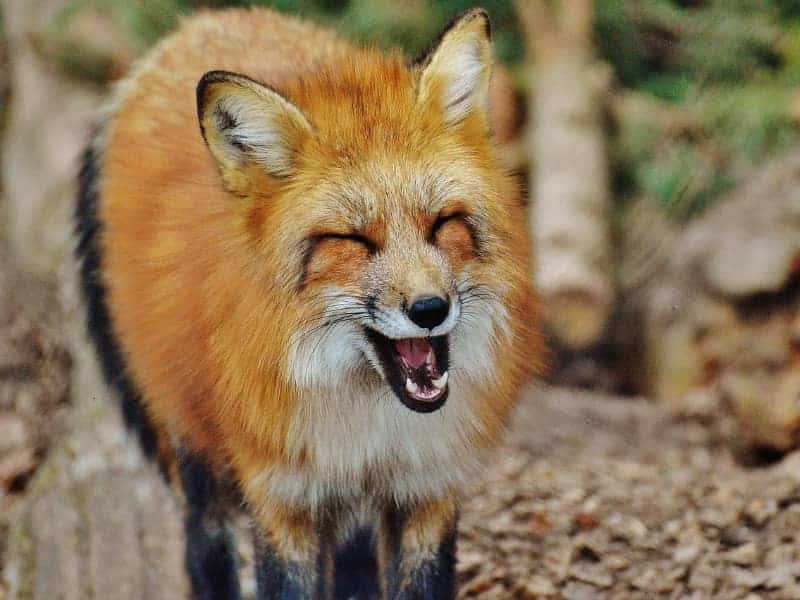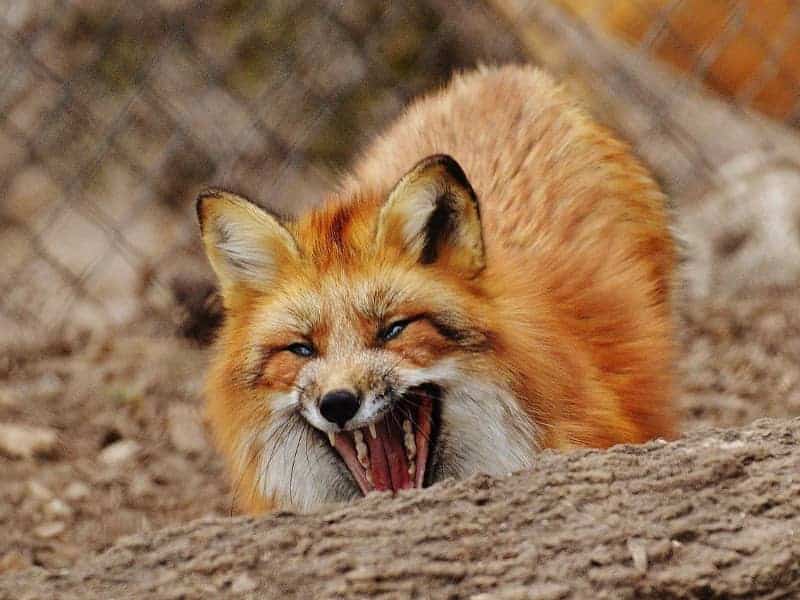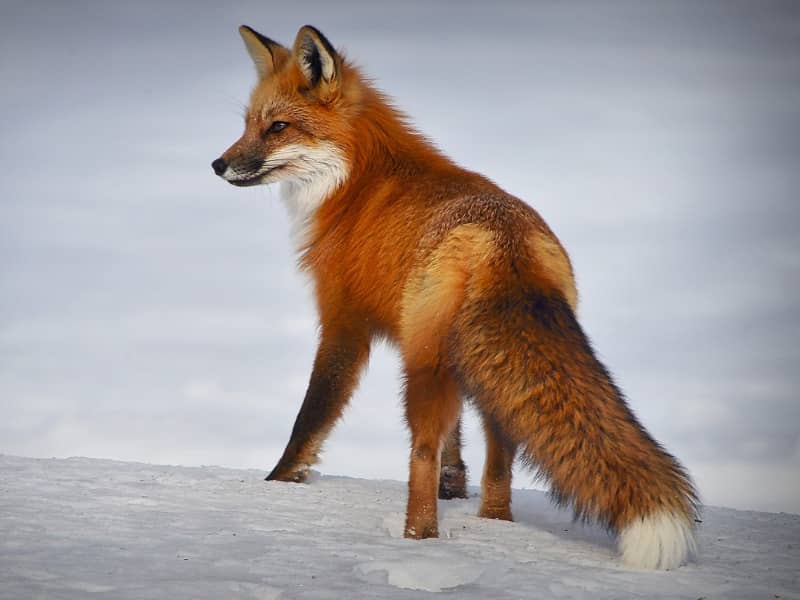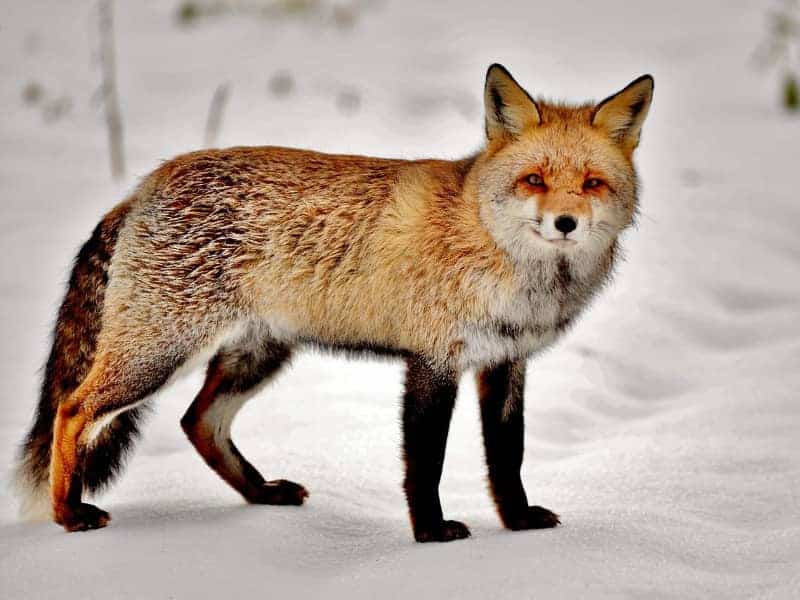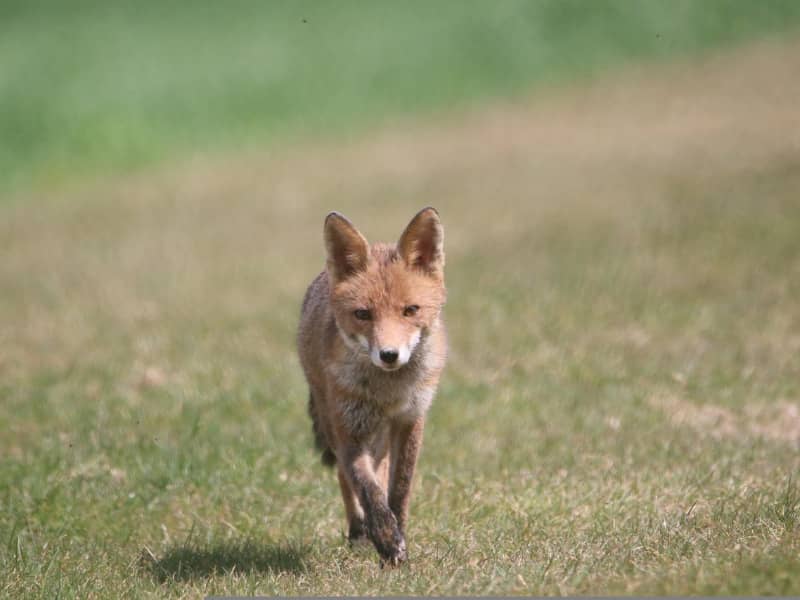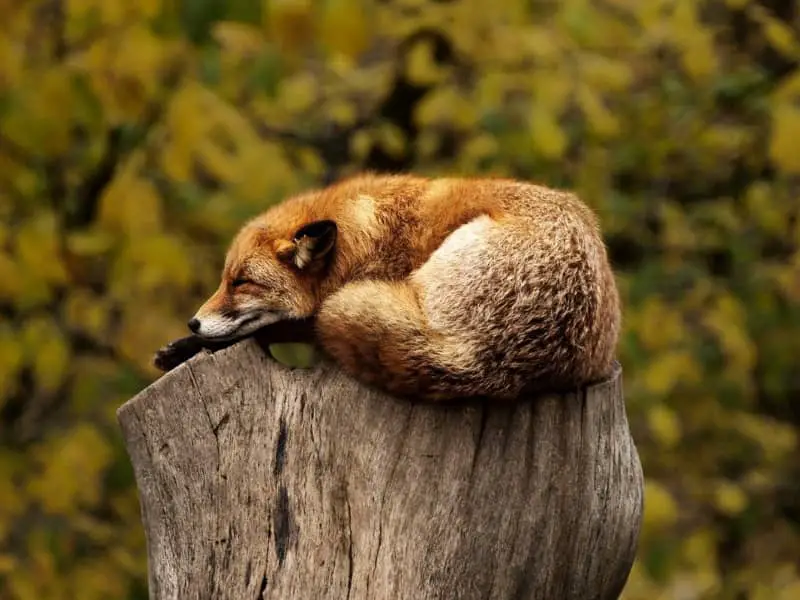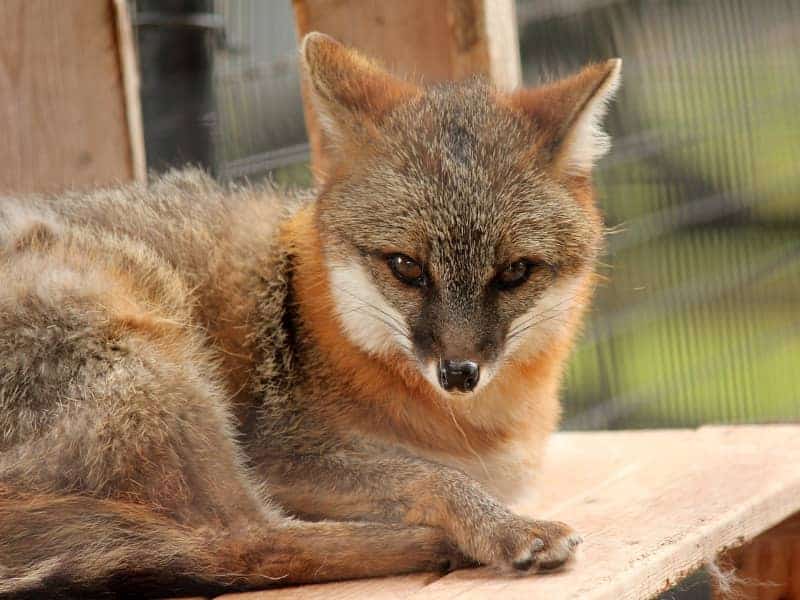
The gray fox
The gray fox (Urocyon cinereoargenteus) is the third important fox species. In addition, there are the red fox and the kit fox. To distinguish the gray fox from the island gray fox in North America, it is often called the mainland gray fox. It belongs to the dog family (Canidae). Unusually for him, he can climb trees.
The characteristics of the gray fox
The gray fox has a characteristic coat pattern. The back is always gray, while the underside is white. The flanks, neck and legs, on the other hand, are fawn. In most animals, a black stripe runs down the back and tail, with the tip of the tail also being black.
The length between head and torso is about 65 cm. To this you must add about 35 cm for the tail. Its height at withers is about 30 to 40 cm. On average, such a fox weighs about 5 kg, with males slightly larger than females.
Where is the gray fox at home?
The mainland animals can be found from Oregon through southeastern Canada to western Venezuela.
Probably the gray foxes came to the northern islands of Canada from more than 24,000 years ago. When about 10,000 years ago the islands were separated by a rise in sea level, it is quite possible that the gray fox reached the southern islands with the Native Americans about 4,000 years ago.
Where and how do the animals live?
You are most likely to find the gray fox in wooded areas and scrubland, but it can also be found in mountainous and rugged terrain.
The gray foxes either take over their burrow from other animals or they dig it themselves. In a hollow tree, such a burrow can also be up to 9 m above the ground.
The gray fox is crepuscular and nocturnal. It feeds primarily on small vertebrates, insects and plant food. In the case of plant food, we are talking about fruits and cereals.
The gray fox is the only dog that can climb trees, which is why it is often called the Tree Fox.
It is believed that this breed of fox is monogamous and lives with his partner for life. An average of 7 pups are born per litter.
Does the gray fox exist in Germany?
No. The only fox species found in Germany is the red fox (Vulpes vulpes).
Worldwide there are a number of other foxes. The smallest of these is the Fennek fox (Vulpes zerda). This is a desert fox found primarily in the deserts of Africa. Other foxes include:
- Red Fox
- Arctic fox
- Fennek/Desert Fox
- Blow Fox
- Afghan fox
- Cape Fox
- Tibet fox
- Swiftfox
- Bengal Fox
Do gray foxes and other foxes belong to the dogs?
At first sight you will probably think that the gray fox belongs to the dogs because of its appearance. But this is only partly true.
All foxes are canids and therefore canine vertebrates. In the class of mammals and the order of predators, they belong to the predators.
Even though the foxes belong to the canine creatures, they have learned a lot from cats.
Grey fox gestation period
The female gray fox is pregnant for 63 days before giving birth to up to 7 cubs in the spring. At birth, the cubs have a black coat that only changes over time. At about 1.5 minutes, the little foxes begin to eat normal food. In late summer or early fall, the cubs leave their parents, who continue to live together.
How does the gray fox climb trees?
With his front paws, he reaches slightly into the trunk and pushes his body upwards with his hind legs. Thanks to the long and also strong claws he can hold on to the trunk well with it. In addition, the gray fox can jump very well on branched branches, which allows him to attack other animals from ambush.
Author

-
Garden animal - A life with nature
Welcome to my animal blog! My name is Dirk and I am happy to take you on my journey through the fascinating world of animals and gardening.
Born 54 years ago, I have had an insatiable curiosity for the animal world around me since childhood. Although I have moved professionally in other industries, my true passion has always been animals and nature. It is remarkable how a small garden has become such an important part of my life.
Many of my fondest memories are associated with the animals that share our home. Whether it's the curious squirrels that scurry across the trees in the morning, the colorful variety of birds that visit our feeders, or the busy bees and butterflies that pollinate our flowers, every moment with them is invaluable to me.
This blog is my contribution to share my experiences, discoveries and insights with like-minded people. Here I will share stories of unforgettable encounters with animals, give tips on gardening and creating wildlife-friendly habitats, and take you on my journeys through nature.
Thank you so much for being here!
Cordial,
Dirk aka garden animal
Last posts
- 27. February 2024PetsVeganes Hundefutter – Grün und Gesund?
- 18. January 2024ChickensOregano für Hühner
- November 27, 2023HamsterDiurnal hamsters
- November 24, 2023HamsterHamster hammock

